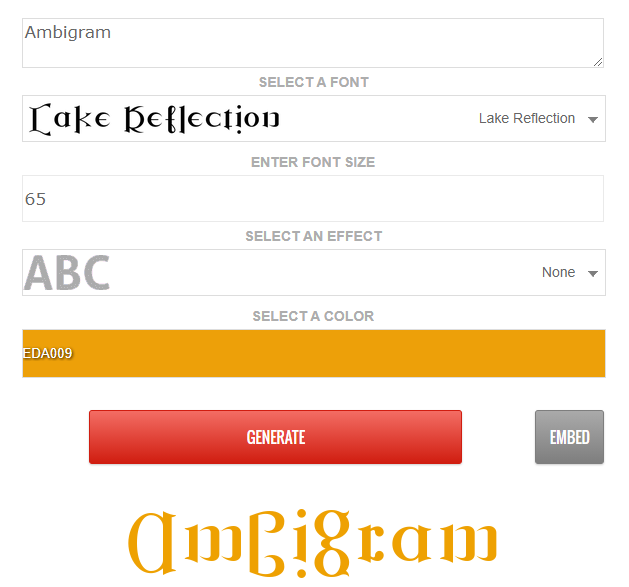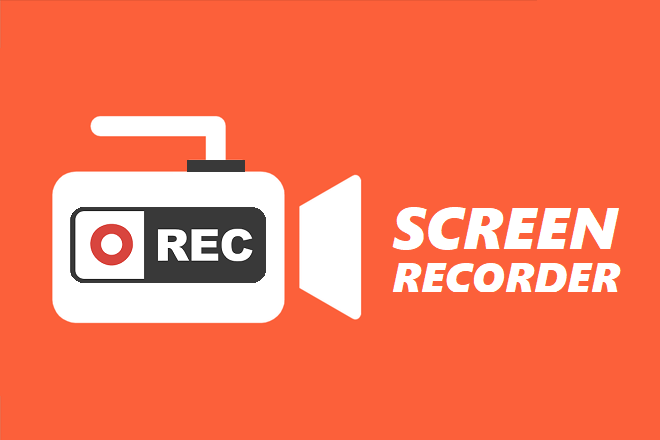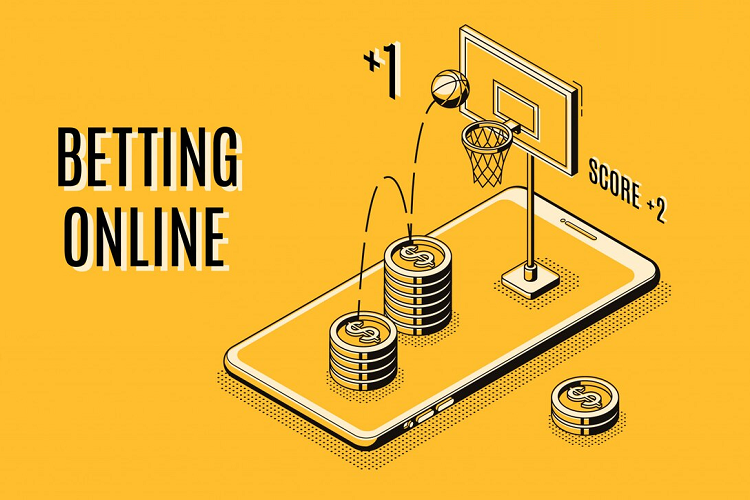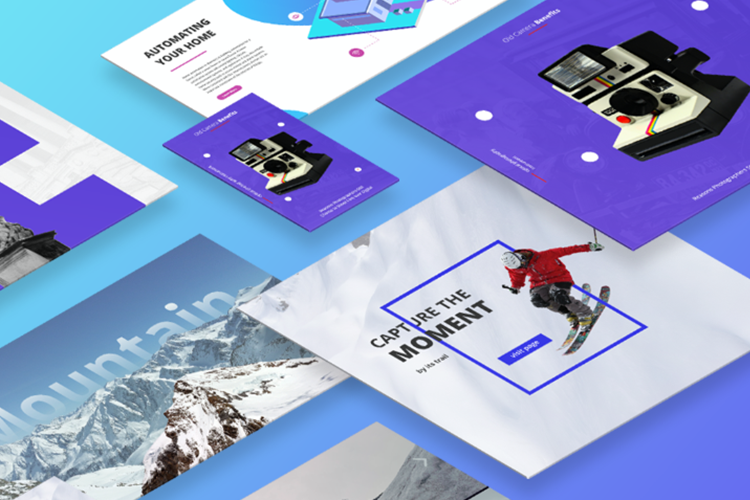User experience (UX) begins when a user takes up a piece of software and begins to use it. It might involve taking a look at the website, conducting experiments to know more about the product, or making improvements using the insights to getting a better experience. User Interface (UI) differs in that it is not something we do, it is a piece of software.
The Difference Between UI vs UX
It helps the user navigate the software and reach the point where he or she can control it. People in the industry pair it as UX/UI and create confusion and also use them interchangeably. Tech companies focus on them to gain a bigger share of the market. But what is the difference between UI vs UX? Here are some pointers to help you understand why UX is not UI.
UI vs UX – Difference #1
UX is about the company and its products – UI helps you know this.
When you interact with the website of the company, you use the UI part of the design. It is only after you have gone through the product catalog and decided which one you will use that we discuss the UX. The experience helps to create better and faster interactions or UIs. You come to know about all the products the company has and where they are available. Your user experience helps you discover new things about the company. The UI helps you to get there and check the products.
UI vs UX – Difference #2
UX focuses on making navigation easy – UI makes pages attractive.
The UX designer decides how well the page works, while the UI design will make it look good. So, when you want your website to look more polished or sophisticated, you call the UI designer. Basically, the UI and the UX designers are the same, only the work is different for each. If you experience any difficulty with the website – the page is not loading fast, there isn’t enough of a choice, or you aren’t able to reach the next point to buy your product, then the UI is faulty. You have a bad user experience UX.
UI vs UX – Difference #3
UX helps the product – UI determines how to present it.
Every product or service has a unique representational aspect. A diamond has the brilliance and hardness and so we showcase it. A watch must have accuracy while a weather coat should have durability in wet weather. The UI designer arranges pictures and content around this central theme of the product so that the viewer can grasp the most important things about the product at a glance.
The user experience is about how the viewer buys the product. It is about his or her experience in negotiating the sale and getting their hands on the product. Of course, the UX is not about creating content or arranging the picture you see on the site.
UI vs UX – Difference #4
UI puts the buttons, UX presses them.
The UI designer goes through the feedback on the web page and then decides three more buttons will be necessary. These buttons help you negotiate the various tasks such as making a choice, deciding the color, or moving to the buy option. By increasing the number of buttons, the UI designer increases the options for the customers. The buyer can move about the site with ease and do what he wants to do.
So, the user interface will now have three more buttons. When the customer comes to the page, he will press those buttons. The UX is better and there is more profit for the company.
UI vs UX – Difference #5
UI modulates experiences, UX becomes better or worse.
One might have a good or a bad experience due to the interface present on the web site of a company. The User Interface helps to define this experience. We can arrange for the UI to produce unique effects on the user. This is by arranging the logic pattern of the content to make the user arrive at a specified frame of mind. Doing a good UI design takes true talent. Also, each product or service will need a specific frame to sell itself. When the designer provides that framework, the user experience becomes good. You can also make changes to the UI to decrease the amount of bad content. By doing this, you can have an enjoyable user experience.
UI vs UX – Difference #6
UI determines the identity, UX tells us about the application level.
When you want to establish a product on the market, you prop it up in its niche using good content. This is the way to build the user interface. This user interface tells the viewer about how good the product is and how the viewer will gain from it. It helps sell the product by making it the “best product available” now. When the public sees this content, they become convinced about the need for the product.
He reaches the website of the seller and navigates his way to buy the product. This is when his UX begins. He has to move past three pages to reach his goal. If he finds it difficult to make this step, his UX becomes bad. He might not even buy the product. The level of the UI is at a bad level. If he buys the product, the UX level is at a good level.
UI vs UX – Difference #7
Market demand determines the UI design, Skill of the designer determines the UX.
Designers come up with many designs. You might need a subdued approach for fashion wear. Fierce competition in the jewelry market pushes the designer to come up with a spectacular design for the jewelry website. The designer needs plenty of skill to do this. If he has, it will improve the UX of the viewer. By adding more features to the product that shows its usability and versatility, the UX improves resulting in better sales. The market demand creates the need for better or more features.
Yes, UX and UI go hand in hand but the work involved is very different. There are plenty of common areas because if you want to improve one, the other remains involved. Yet, knowing the difference helps you channelize design work and delegate work functions well.






